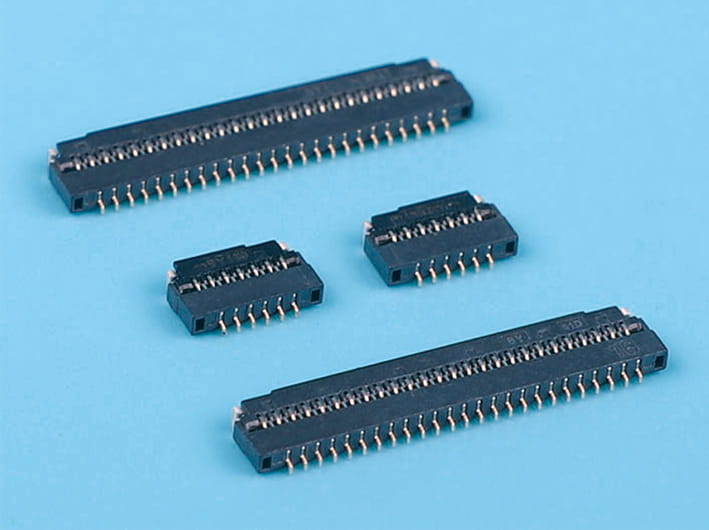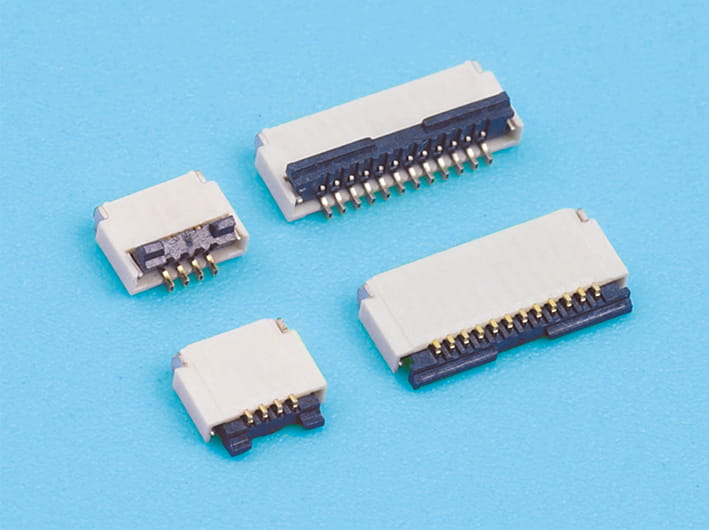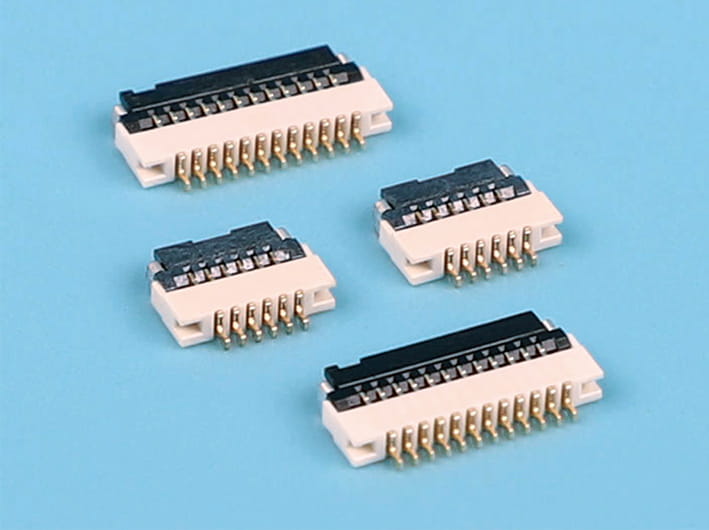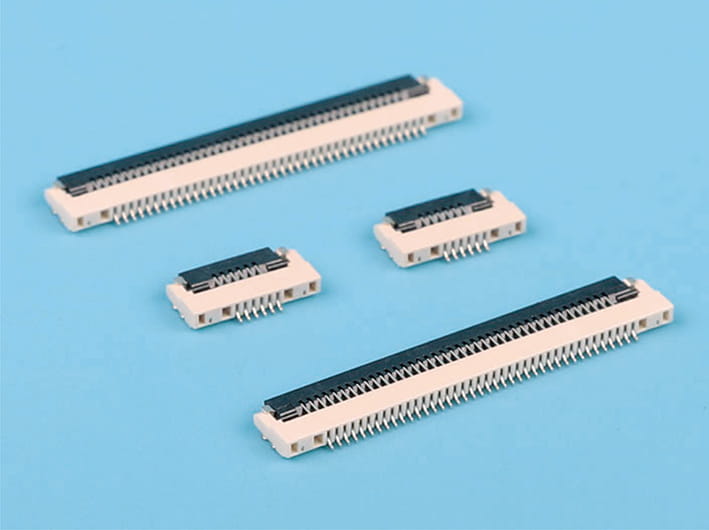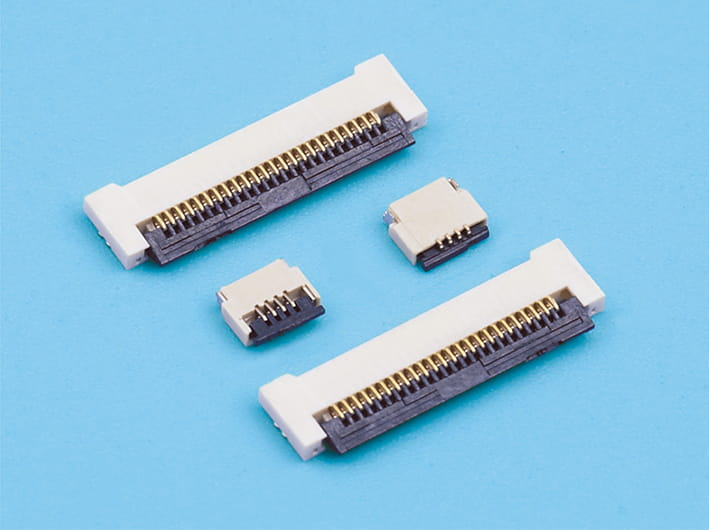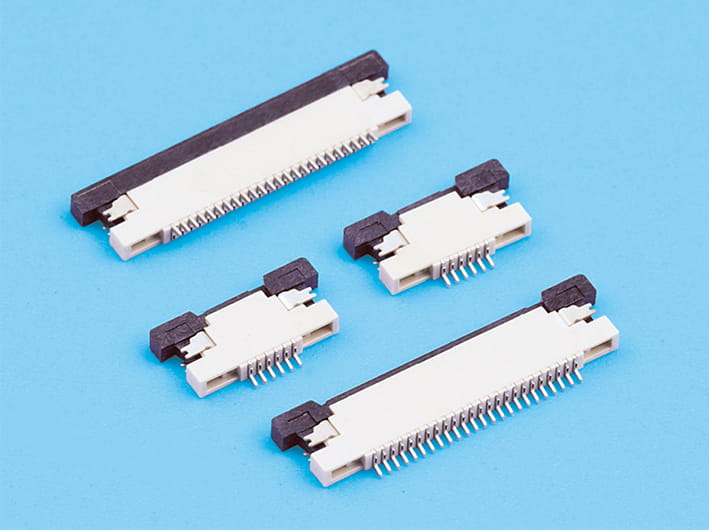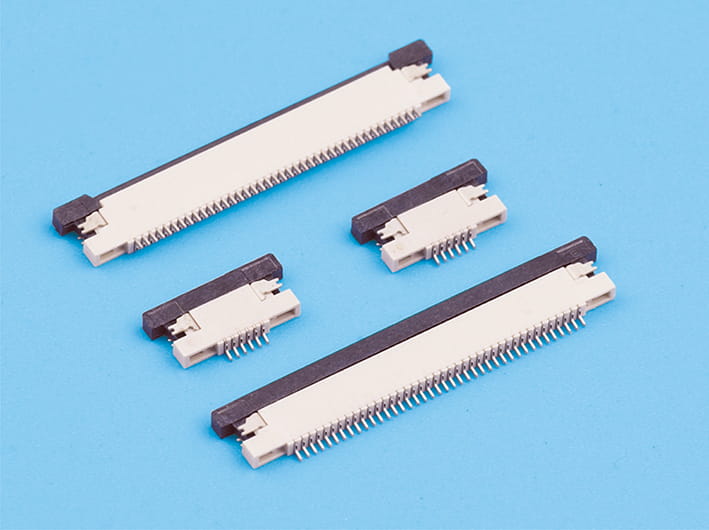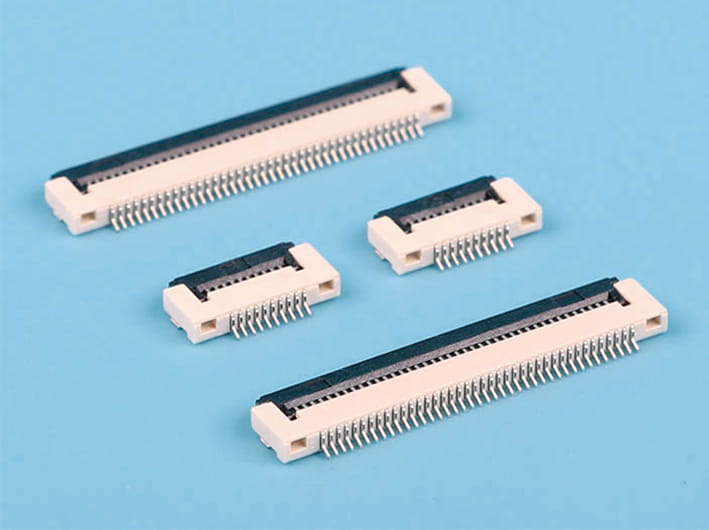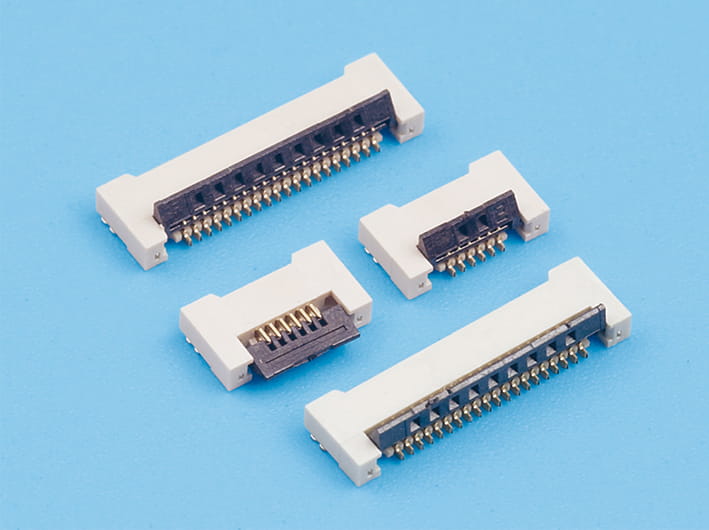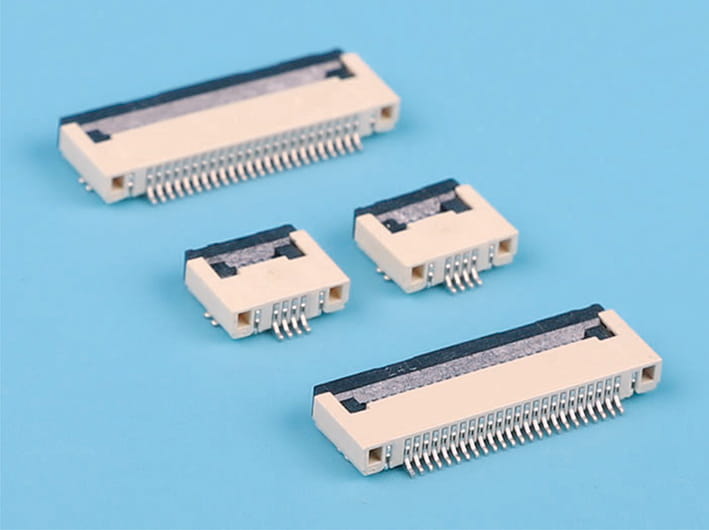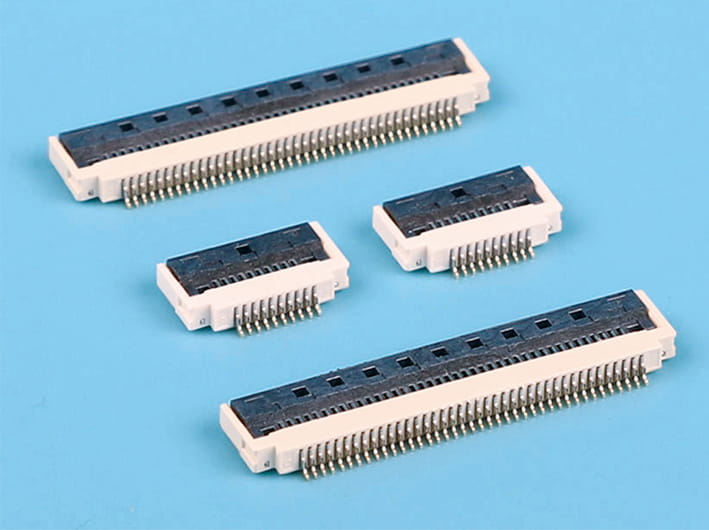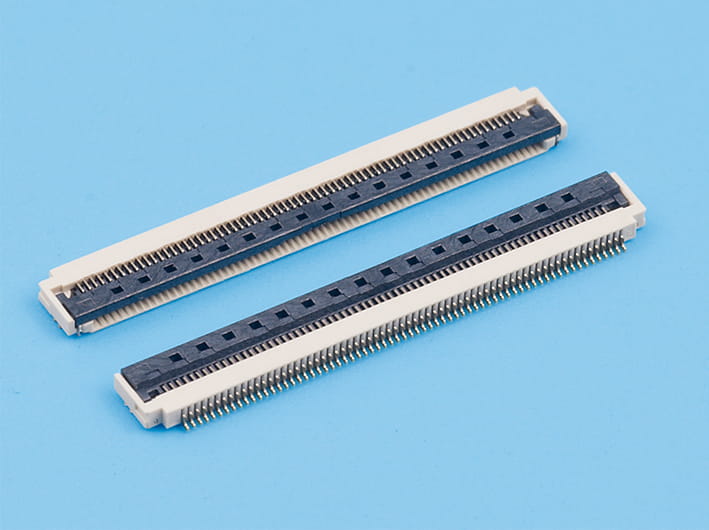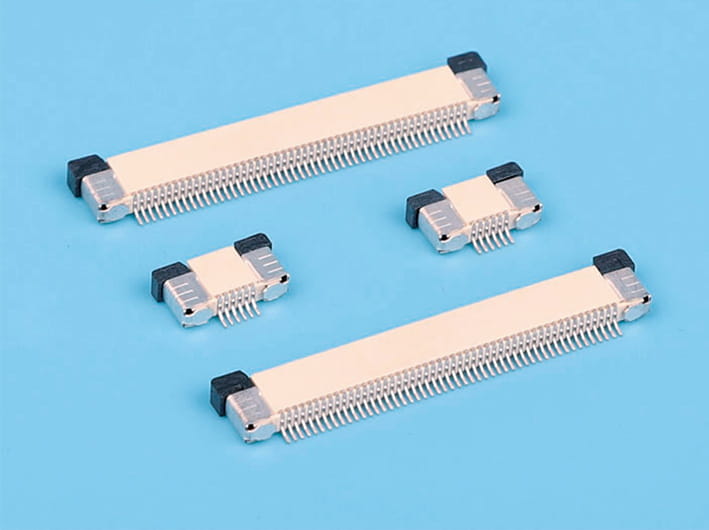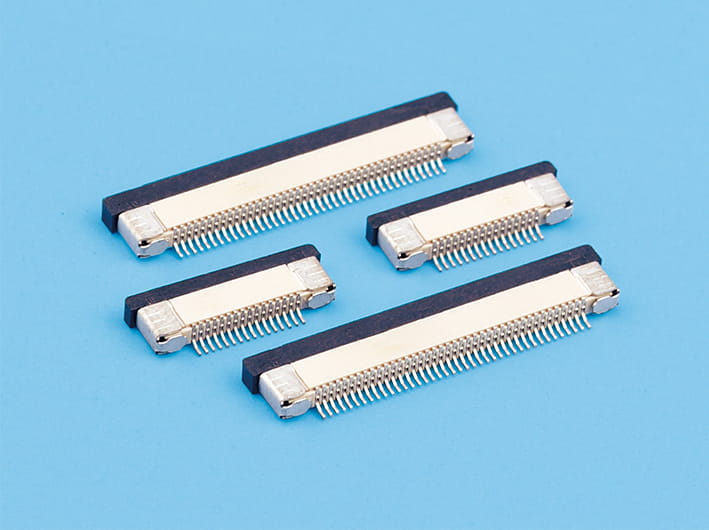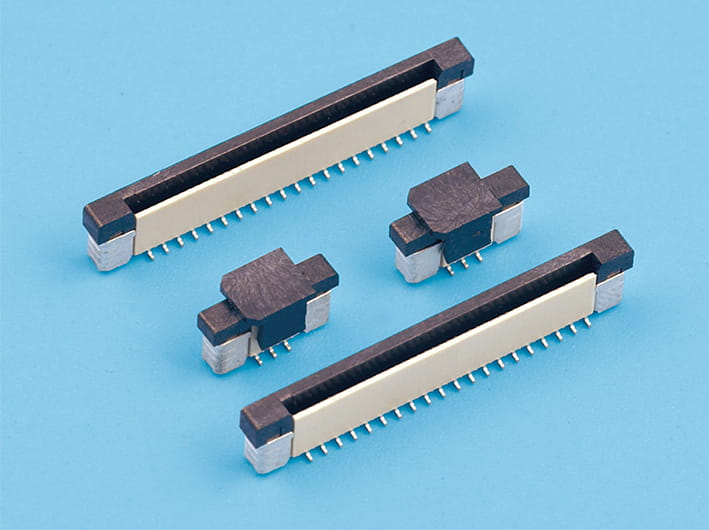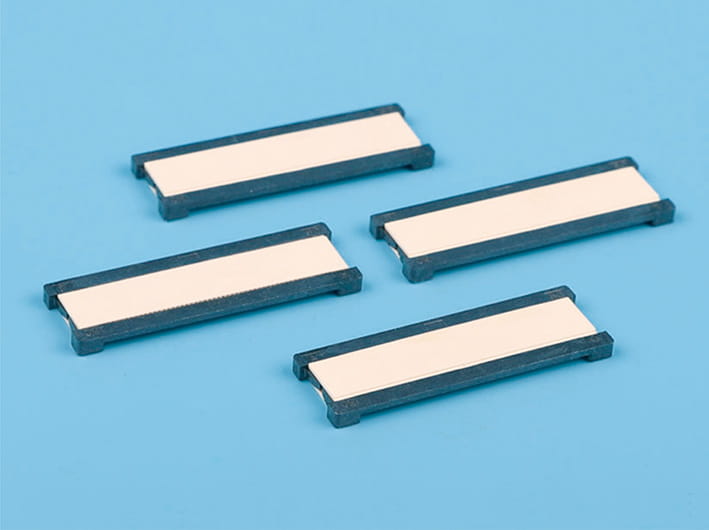Assessing the Fire Resistance and Safety Standards of FFC Ribbon Cable
FFC Ribbon Cable is widely used in electronic devices due to its compact design and good flexibility. However, as electronic equipment becomes more integrated into daily life, the fire safety of components like it has gained increased attention. This article explores the fire performance of FFC Ribbon Cable, the materials and design factors that influence its fire resistance, relevant safety standards, and practices to ensure safe usage.
The fire resistance of FFC Ribbon Cable primarily depends on the insulation materials used to cover its flat conductors. Commonly, the insulation layer consists of polymer films such as polyester (PET), polyimide (PI), or fluoropolymer-based materials. Among these, polyimide is highly regarded for its good thermal stability and inherent flame-retardant properties. Polyimide-insulated, it can withstand higher temperatures and is less prone to ignition compared to polyester-insulated variants.
In addition to material selection, many manufacturers enhance fire safety by incorporating flame-retardant additives into the insulation films. These additives help inhibit flame propagation, reduce smoke generation, and reduce toxic gas release in case of fire. Such improvements are crucial for applications where safety regulations require stringent fire resistance, such as in aerospace, automotive, or medical devices.
The thin and compact structure of FFC Ribbon Cable, while beneficial for design flexibility, also poses challenges for fire safety. The minimal amount of insulation and close conductor spacing can increase the risk of short circuits or overheating if the cable is damaged or improperly installed. Therefore, the overall fire performance depends not only on the materials but also on installation practices, such as avoiding sharp bends, mechanical stress, and ensuring secure connections to prevent electrical faults.
Several international standards govern the fire performance of cables used in electronic equipment. For example, the UL 94 standard classifies materials based on their flammability, with ratings such as V-0, V-1, and V-2 indicating varying degrees of flame retardancy. Many FFC Ribbon Cables use insulation films that meet UL 94 V-0 requirements, meaning they self-extinguish quickly without dripping flaming particles. Additionally, standards like IEC 60332 specify flame propagation tests for cables, ensuring that it products adhere to strict fire safety criteria.
Smoke generation is another critical consideration. In enclosed spaces, dense smoke and toxic gases can pose greater hazards than flames themselves. Therefore, low-smoke halogen-free (LSHF) materials are increasingly favored for insulation layers. Some manufacturers offer FFC Ribbon Cable variants with halogen-free, flame-retardant films to improve safety in environments such as public transportation, office buildings, or consumer electronics.
Testing and certification are vital to verify the fire safety claims of FFC Ribbon Cable. Manufacturers often conduct rigorous flame tests, thermal aging assessments, and electrical safety evaluations to confirm compliance. Users should ensure that the cables they select come with appropriate documentation and meet the regulatory requirements relevant to their industry and region.
To enhance fire safety in practical applications, system designers should consider using protective conduits, appropriate cable routing away from heat sources, and implementing circuit protection devices such as fuses or circuit breakers. Regular inspection and maintenance can also detect early signs of damage or overheating, preventing potential fire hazards.
In summary, the fire resistance of FFC Ribbon Cable largely depends on the insulation materials and manufacturing processes employed. Modern it often utilize flame-retardant polymers, sometimes combined with halogen-free compounds, to meet stringent fire safety standards. While their slim design offers many advantages, careful consideration of installation and application conditions is essential to maintain fire safety.



 English
English 中文简体
中文简体 Español
Español عربى
عربى